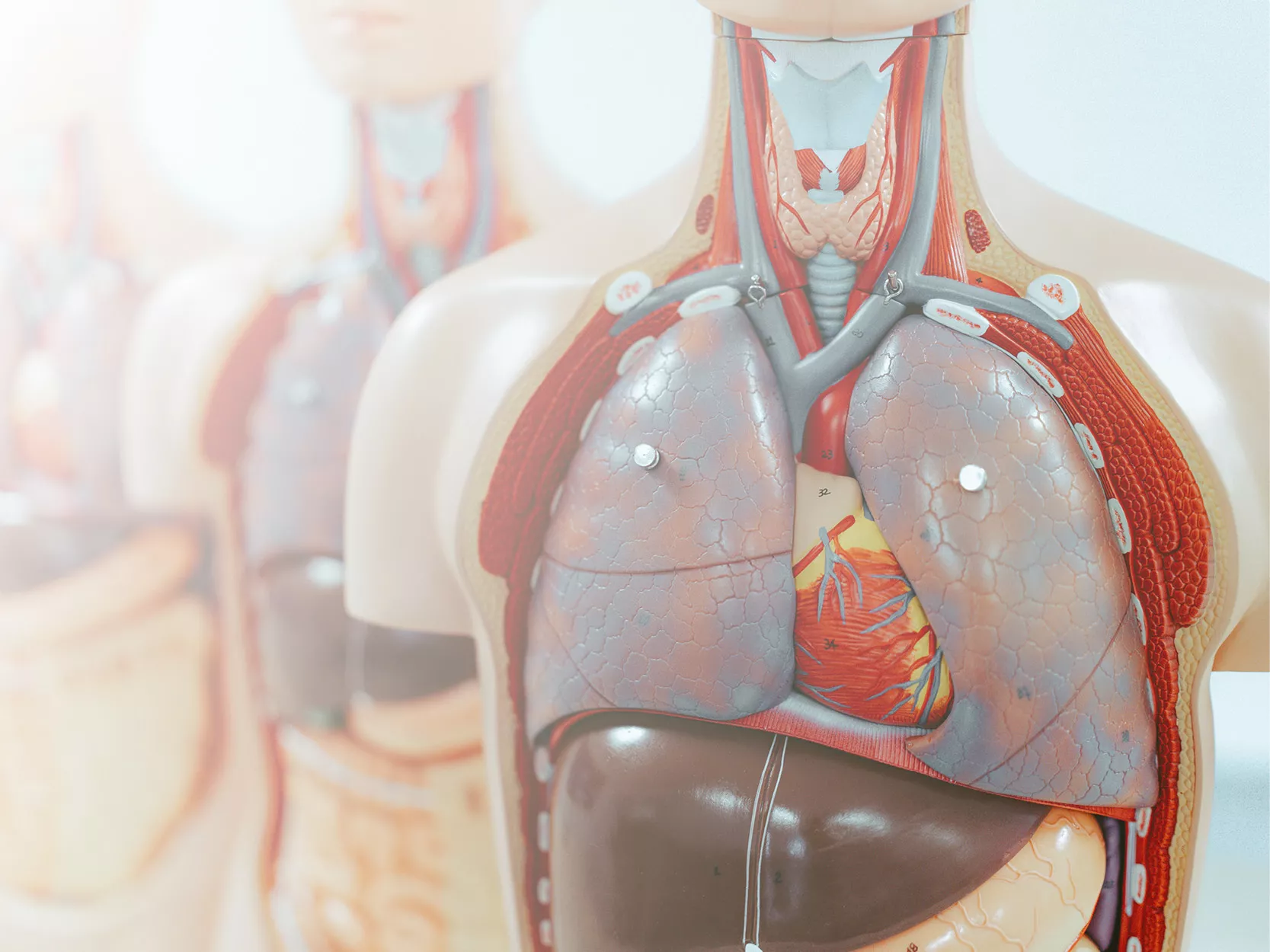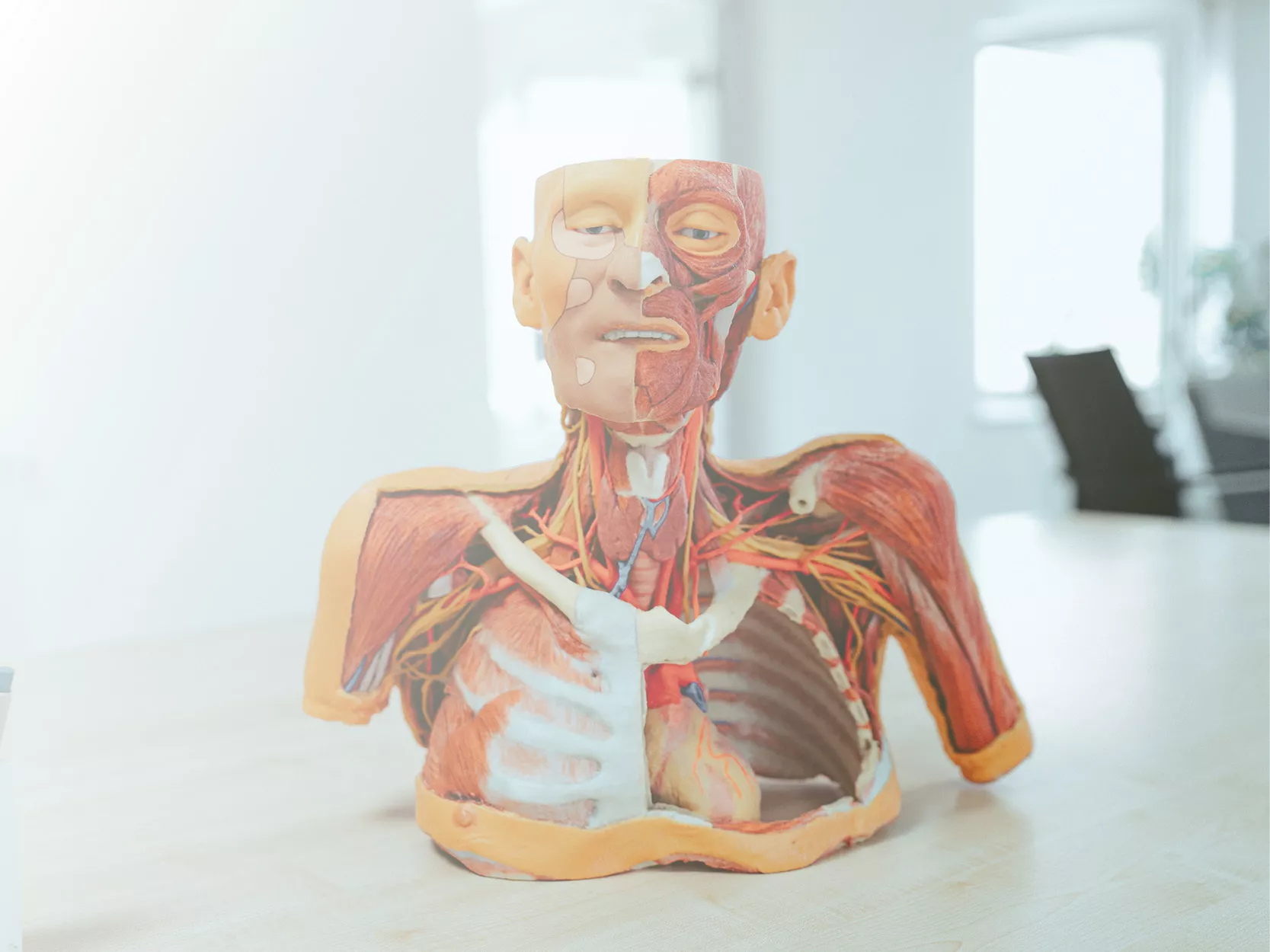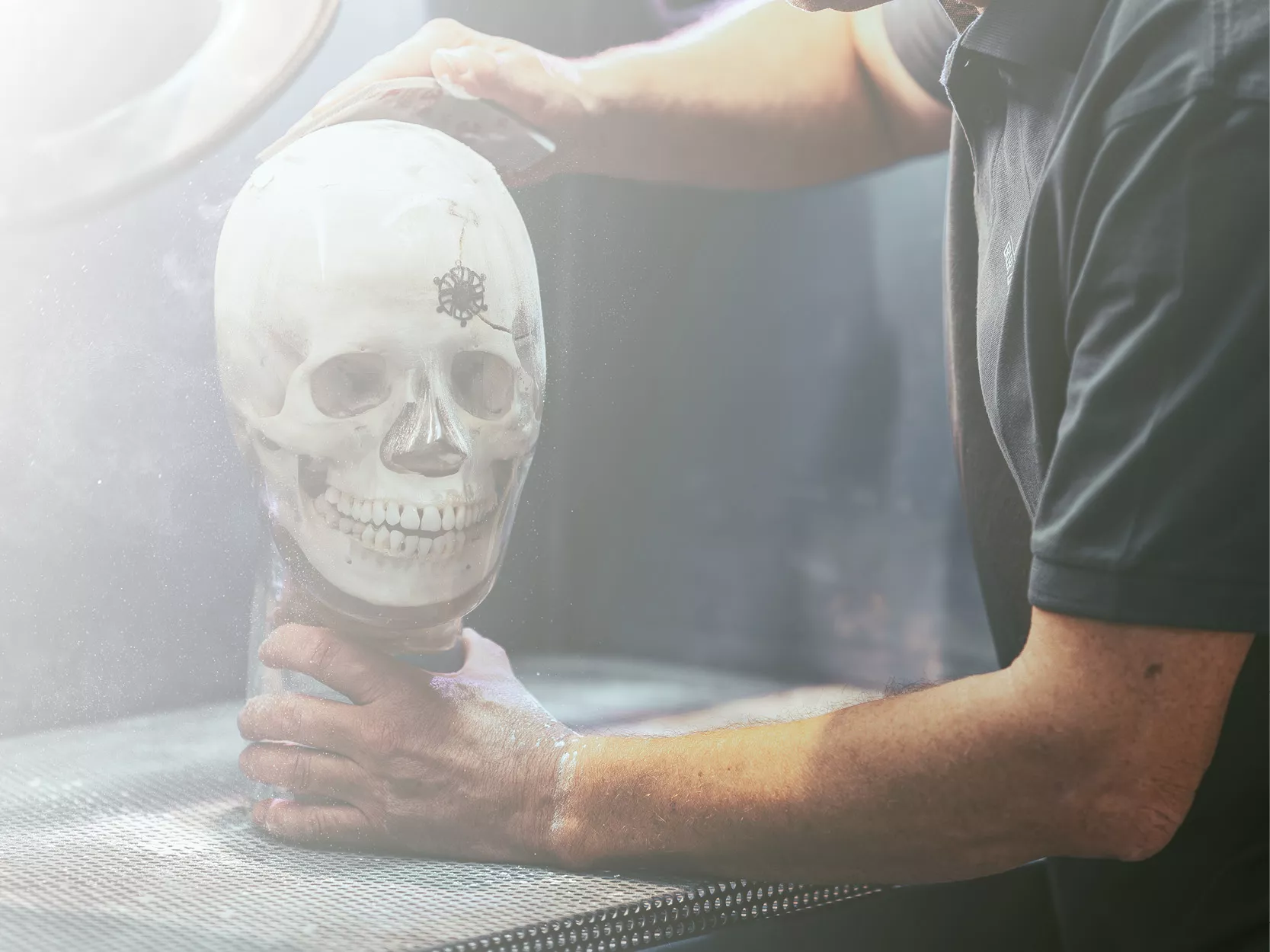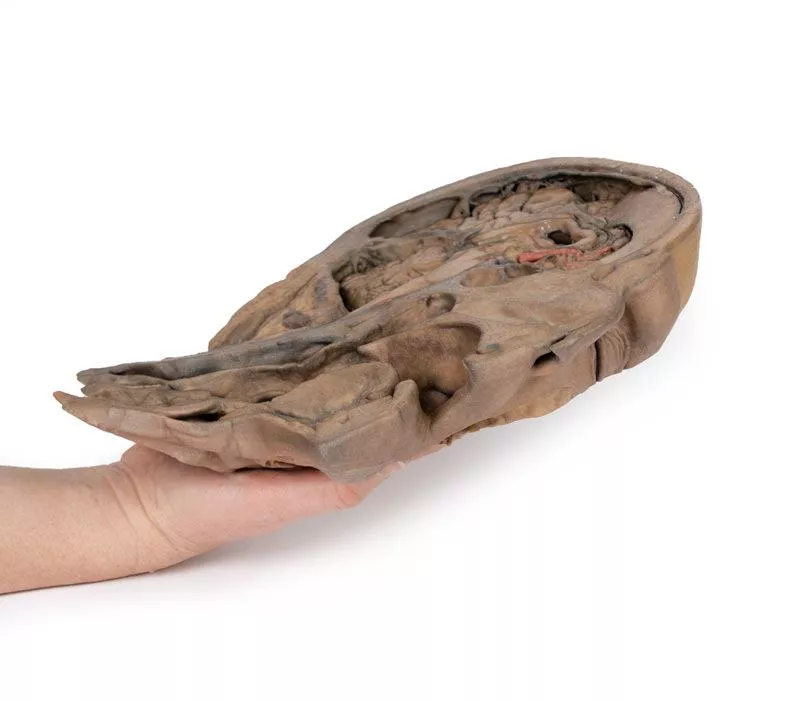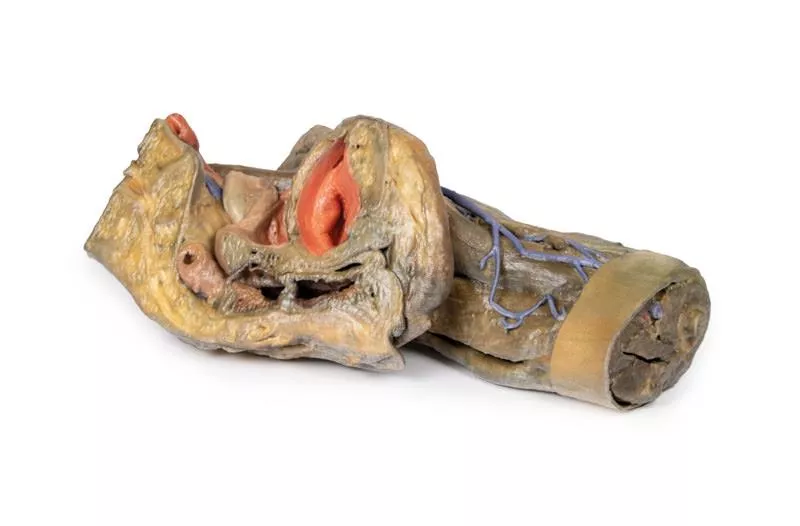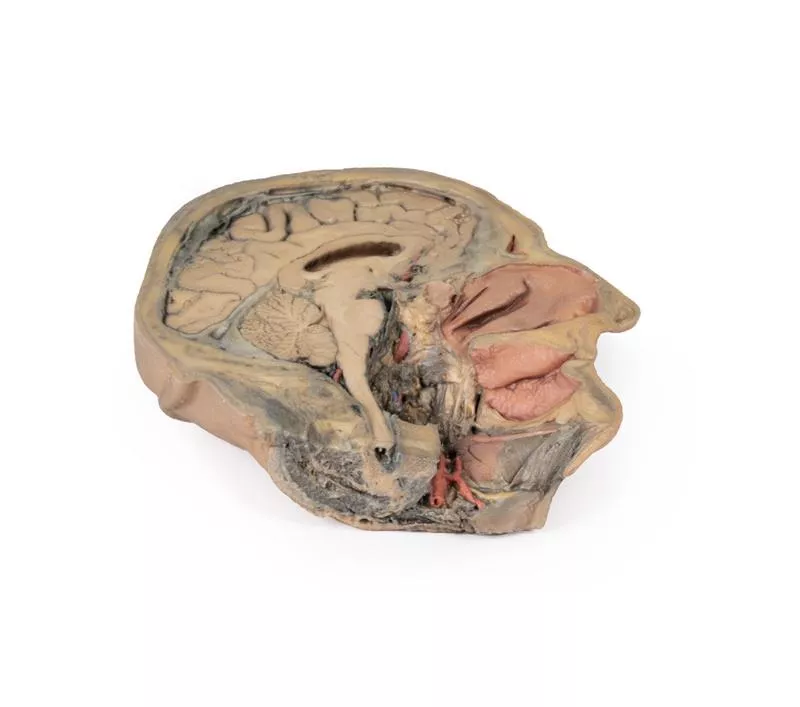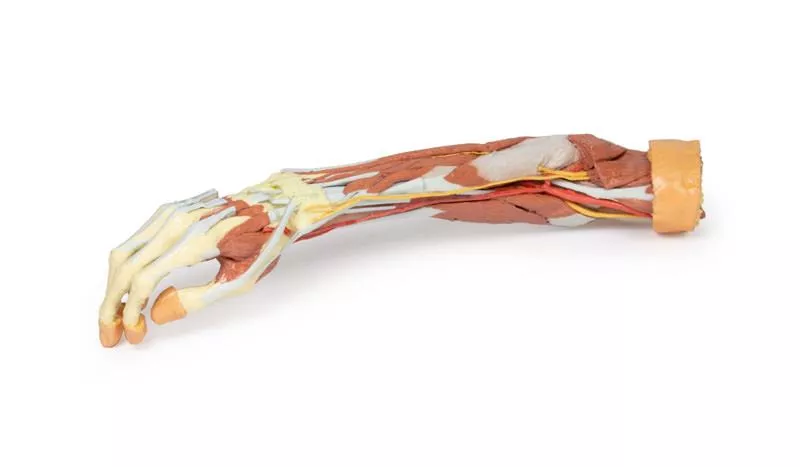Product information "Parasagittal Section of the head and neck"
This high-resolution 3D model features a head and neck specimen sectioned just off the midsagittal plane, preserving critical midline structures often absent in similar models.
Ideal for anatomical education, this model offers enhanced visibility due to fixative-induced brain shrinkage, exaggerating spaces between brain and skull.
Key Features:
Midline Anatomy Preserved:
Includes the falx cerebri (anterior portion), septum pellucidum, interventricular foramen (of Monro), and nasal septum.
Ventricular & Endocranial Structures:
Clear views of the lateral and third ventricles, cerebral aqueduct, fourth ventricle, infundibulum, pituitary gland, and sphenoid sinus.
Vascular Highlights:
Displays the left vertebral artery, posterior cerebral artery (cross-section), and anterior cerebral artery branches around the corpus callosum.
Detailed Nasal & Pharyngeal Regions:
Shows relationships between the nasal septum, palate, auditory tube opening, and naso-/oropharynx.
Laryngeal and Tracheal Anatomy:
Includes epiglottis, arytenoid, thyroid cartilages, hyoid bone, and cross-sectional views of the vestibule, vestibular and vocal folds.
This model provides a unique perspective of internal head and neck anatomy, combining anatomical depth with high educational value.
Ideal for anatomical education, this model offers enhanced visibility due to fixative-induced brain shrinkage, exaggerating spaces between brain and skull.
Key Features:
Midline Anatomy Preserved:
Includes the falx cerebri (anterior portion), septum pellucidum, interventricular foramen (of Monro), and nasal septum.
Ventricular & Endocranial Structures:
Clear views of the lateral and third ventricles, cerebral aqueduct, fourth ventricle, infundibulum, pituitary gland, and sphenoid sinus.
Vascular Highlights:
Displays the left vertebral artery, posterior cerebral artery (cross-section), and anterior cerebral artery branches around the corpus callosum.
Detailed Nasal & Pharyngeal Regions:
Shows relationships between the nasal septum, palate, auditory tube opening, and naso-/oropharynx.
Laryngeal and Tracheal Anatomy:
Includes epiglottis, arytenoid, thyroid cartilages, hyoid bone, and cross-sectional views of the vestibule, vestibular and vocal folds.
This model provides a unique perspective of internal head and neck anatomy, combining anatomical depth with high educational value.
Erler-Zimmer
Erler-Zimmer GmbH & Co.KG
Hauptstrasse 27
77886 Lauf
Germany
info@erler-zimmer.de
Achtung! Medizinisches Ausbildungsmaterial, kein Spielzeug. Nicht geeignet für Personen unter 14 Jahren.
Attention! Medical training material, not a toy. Not suitable for persons under 14 years of age.





